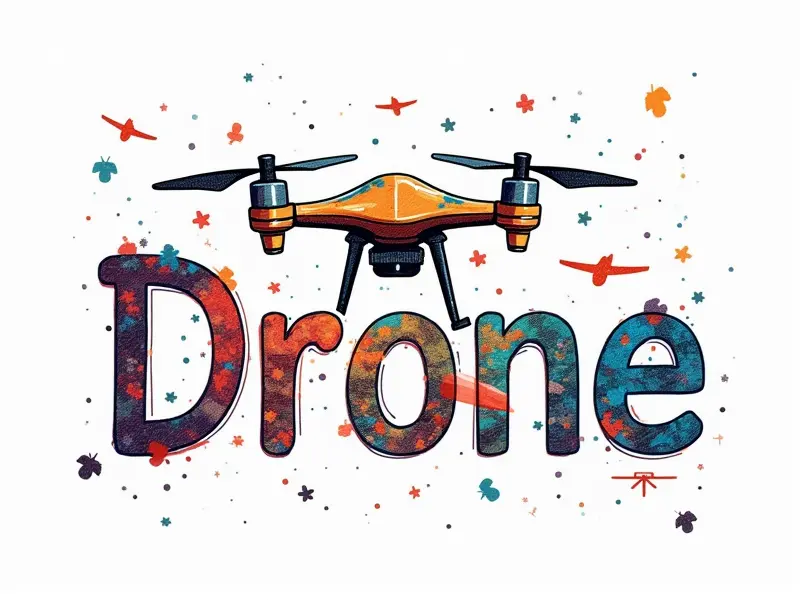What's the accuracy of drone GPS?

How Precise is Drone GPS Today?
The accuracy of drone GPS has significantly improved over recent years, but it still faces several limitations. Modern drones can achieve sub-meter accuracy under ideal conditions, which is crucial for applications like aerial mapping and surveying. However, achieving this level of precision consistently across all environments remains a challenge.
The Limits of Drone GPS Accuracy
Drone GPS systems are designed to work within certain parameters that define their maximum achievable accuracy. Factors such as satellite availability, signal interference, and the drone's position relative to tall structures can limit how accurately a drone can determine its location. Understanding these limitations is key to optimizing performance in various operational scenarios.
Understanding Drone GPS Precision Issues
Precision issues arise from several factors including multipath effects (signals bouncing off surfaces before reaching the receiver), signal degradation due to atmospheric conditions, and hardware limitations of the drone's GPS module. These issues can lead to significant discrepancies in positioning data, impacting mission reliability.
Common Challenges with Drone GPS
- Multipath Interference: Occurs when signals reach the receiver via indirect paths, causing errors in position calculations.
- Satellite Geometry: Poor satellite geometry can reduce accuracy as fewer satellites are available for positioning.
- Atmospheric Effects: Ionosphere and troposphere delays can introduce inaccuracies into GPS measurements.
Maximizing GPS Accuracy in Drones
To enhance the precision of drone GPS systems, several strategies can be employed. First, selecting drones with advanced GPS hardware that supports dual-frequency signals can mitigate interference issues. Additionally, using real-time kinematic (RTK) correction services can significantly improve accuracy by providing centimeter-level positioning.
Improving GPS Stability in RC Drones
Radio-controlled (RC) drones often operate in environments with high signal noise and obstructions. To maintain stable GPS performance, it's essential to use robust antennas that minimize interference and ensure clear reception of satellite signals. Ground control points can also be used to calibrate the drone’s position more accurately.
Factors Affecting Drone GPS Accuracy
The accuracy of a drone's GPS system is influenced by various environmental and technical factors:
- Satellite Visibility: More visible satellites improve positioning accuracy.
- Antenna Type & Placement: A well-placed, high-quality antenna enhances signal reception.
- Geographical Location: Urban areas with tall buildings can obstruct satellite signals.
Why Your Drone's GPS Might Be Off
Several reasons could cause your drone’s GPS to be inaccurate, such as outdated firmware, malfunctioning hardware components, or software bugs. Regular maintenance and updates are crucial for maintaining optimal performance.
Enhancing GPS Performance for FPV Racing
First-person view (FPV) racing drones require high-speed navigation and precise control. To improve GPS accuracy in such scenarios, consider using lightweight, high-precision GPS modules designed for real-time tracking. Additionally, implementing advanced data processing algorithms can help filter out noise and provide smoother flight paths.
The Accuracy of Drone GPS Explained
Drone GPS systems work by receiving signals from multiple satellites to triangulate the drone’s position on Earth. The more satellites involved in this process, the higher the accuracy. However, external factors like signal obstructions and environmental conditions can degrade performance.
Real-World Accuracy of Drone GPS Systems
In practical applications, drones equipped with high-end GPS modules can achieve accuracies within a few centimeters under optimal conditions. However, in urban or forested environments where satellite visibility is limited, the accuracy may drop to several meters. Understanding these limitations helps users set realistic expectations and optimize their operations accordingly.
Conclusion
The accuracy of drone GPS systems has advanced significantly but still faces challenges due to environmental factors and technical constraints. By understanding these limitations and employing strategies such as using RTK correction services, maintaining high-quality hardware, and optimizing antenna placement, users can maximize the precision of their drones in various operational settings.

